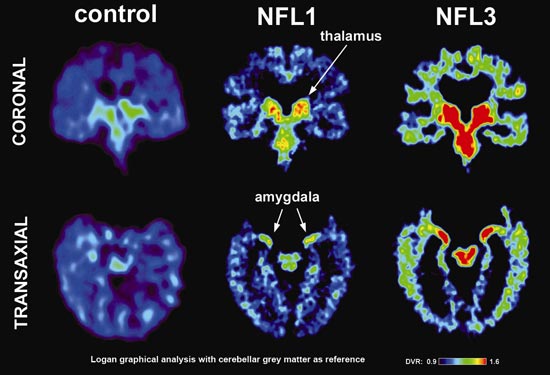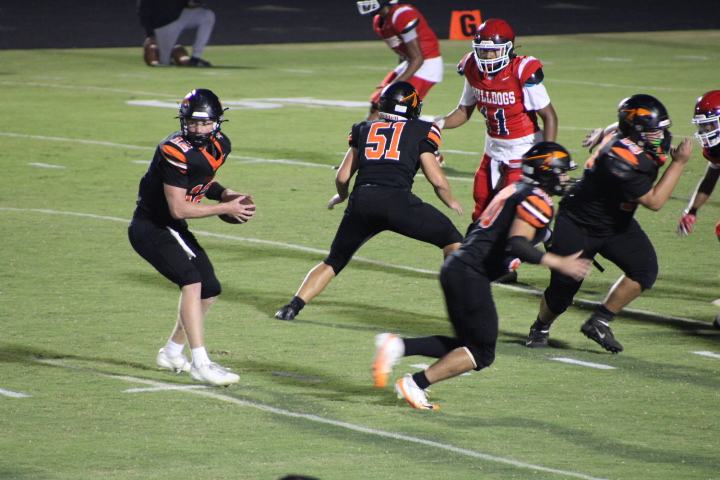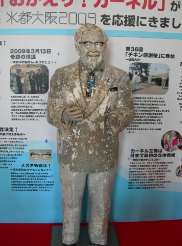
Chronic Traumatic Encephalopathy, also known as CTE, is a disease that affects people with multiple and repeated concussions or any brain trauma and brain related injuries. The main side effects of the disease include massive declines in memory, aggressiveness, depression, suicidal behaviors, and even dementia later on in life.
All of the side effects of CTE are included in four stages starting from memory loss to extreme paranoia and difficulty with speaking and muscle movement. CTE is mostly affected by athletes in any sport, but a majority of people diagnosed with CTE are football players in the NFL.
Many types of injuries happen in the sport with breaking bones and tearing muscles being the most common, but the most severe type of injury in the NFL are concussions. The main detail about the diagnosis of CTE is that there currently isn’t a diagnostic test for a confirmation of living people having CTE and it is only diagnosed after death.
 In 2017, a study made by Boston University confirmed that 345 out of 376 former NFL players that have been deceased have shown signs and been diagnosed with CTE.
In 2017, a study made by Boston University confirmed that 345 out of 376 former NFL players that have been deceased have shown signs and been diagnosed with CTE.
The rate of that statistic is roughly at 92% of former NFL players. Many hall of fame players of the sport including Junior Seau, Ken Stabler, John Mackey, and Tommy McDonald have been diagnosed with CTE after their death.
Multiple NFL players have been confirmed with CTE as early in age as their late 20’s and late in their 60’s. The average age of death among NFL players has been around the ages of 50 and 60, but 40% of athletes have died from CTE before the age of 30.
Research has also been found that most players diagnosed with CTE have been offensive and defensive linemen and they are also the most prone players to develop CTE more than any position in the sport. Offensive and defensive linemen The earlier that people are studied and diagnosed to have CTE have proven to have earlier brain trauma and repeating head injuries.
Ways to prevent CTE especially in football include creating safer helmets for players and reducing head to head contact types of hits. Helmet to helmet contact and collisions have increased the risk of CTE because they don’t fully prevent a player’s skull crashing into another.
Making stronger helmets for the players is one of the easiest ways to prevent one of the most common ways to end up with CTE. Studies have shown that 18% of parents would let their children play tackle football and have decreased since the acknowledgement of the effects of CTE.
The cause of CTE has led to the increasing number of flag football leagues because flag football includes a huge reduction of head to head contact and collisions. Throughout NFL games since the 2012 season, roughing the passer calls have been studied to be increased by nearly 70% to prevent head injuries. The NFL has now made their all-star game event known as the pro bowl a flag football game not just to prevent CTE, but to raise the stakes of competitiveness with a reducing risk of injury.




























